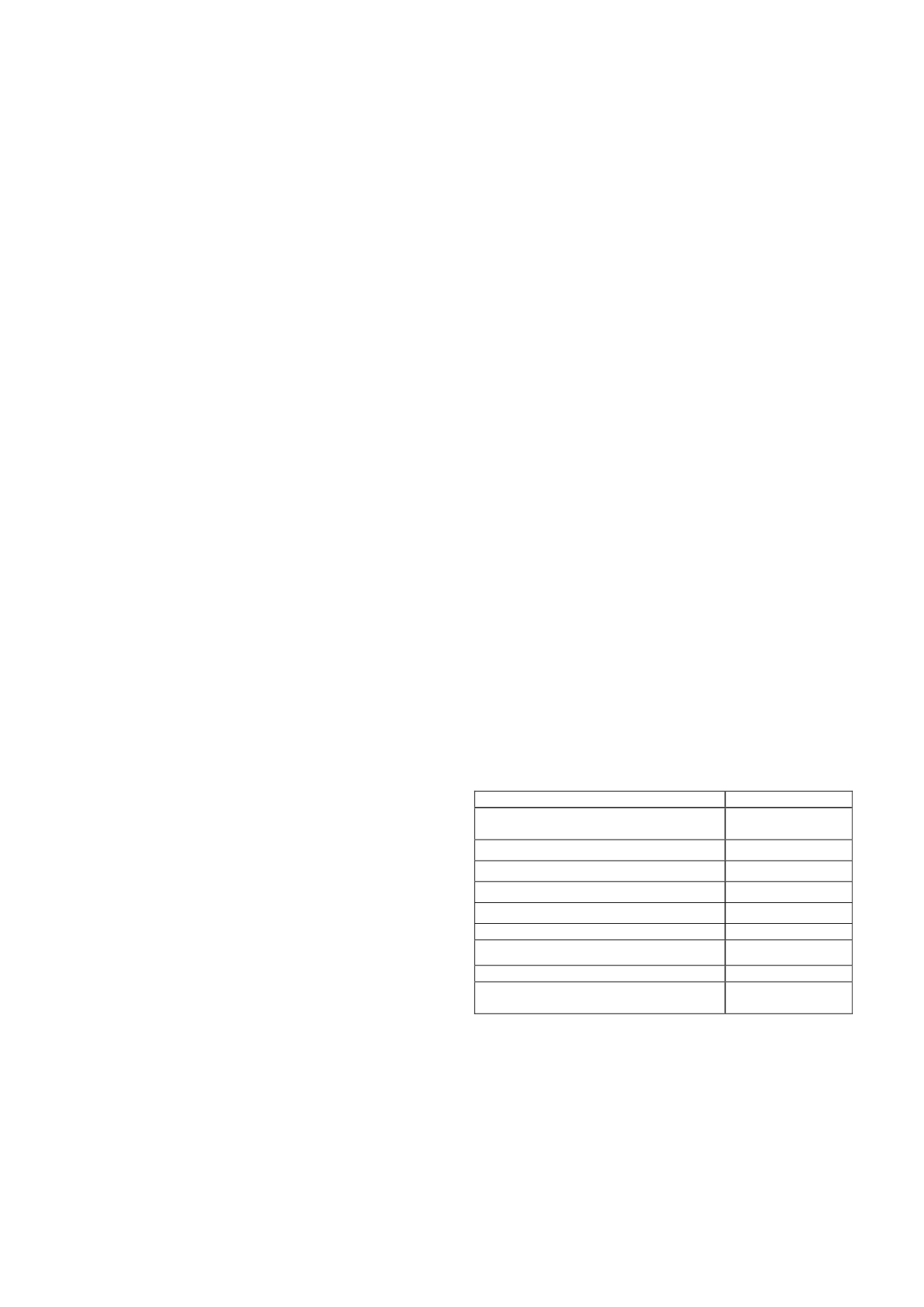
915
Development of pore water pressure around a stone column.
Développement des pressions interstitielles autour d’une colonne ballastée.
Gautray J., Laue J., Springman S.M.
Institute for Geotechnical Engineering, ETH Zürich, Switzerland
Almeida M.
Federal University of Rio de Janeiro, Rio de Janeiro, Brazil
ABSTRACT: The bearing capacity of model stone columns installed in soft soil is investigated in a series of centrifuge model tests
that are carefully instrumented to reveal the response of the ground during penetration of the tool and the cyclic compaction process
during withdrawal. Pore pressures are measured at various distances from the column axes as well as at different depths, and the
influence of the excess pore water pressure build up and dissipation around the column and the development of the load transfer
mechanism are examined. The data are analysed and compared to theoretical solutions, both for the installation phase of the column
as well as for subsequent loading with a stiff, circular foundation. These provide a set of high quality data for validating numerical
methods. The measurements, and the associated analyses, will help to determine the transient load bearing capacity of stone columns
and the effects of accelerated pore pressure dissipation, which will contribute to improving the understanding and use of this mode of
ground improvement.
RÉSUMÉ : Une recherche sur la capacité portante de modèles de colonnes ballastées installées dans un sol mou est réalisée dans une
série d’essais en centrifugeuse instrumentés avec soin afin de mettre en exergue la réponse du sol durant la pénétration de l’outil ainsi
que le processus de compaction cyclique durant l’extraction. Les pressions interstitielles sont mesurées à différentes distances de l’axe
de la colonne ainsi qu’à différentes profondeurs et l’influence de la formation et de la dissipation des surpressions interstitielles autour
de la colonne et le développement du mécanisme de transfert de charge sont examinés. Les données sont analysées et comparées avec
des solutions théoriques pour la phase d’installation de la colonne et pour le chargement consécutif avec une fondation circulaire
rigide, fournissant une série de données de haute qualité pour la validation de méthodes numériques. Les mesures, ainsi que les
analyses associées, aideront à déterminer la capacité portante de colonnes ballastées ainsi que les effets de la dissipation accélérée des
pressions interstitielles, ce qui contribuera à améliorer la compréhension et l’utilisation de ce mode d’amélioration des sols.
KEYWORDS: Ground improvement, stone columns, consolidation
1 INTRODUCTION
Stone columns have proven to be an efficient ground
improvement technique. They increase the vertical stiffness and
reduce the consolidation time, as radial drainage dominates the
consolidation process (e.g. Hansbo, 1981).
This paper presents the results of a centrifuge test conducted
in the ETH Zürich geotechnical drum centrifuge (Springman et
al., 2001) at multiple earth’s gravity, n = 50. A stone column
has been installed in a clay model (Weber, 2008) and is loaded
with a circular footing. The pore pressures developing during
installation and the loading phase were recorded and studied.
2 SOILS
2.1
Soft clay bed - Birmensdorf clay
Remoulded natural clay from the traffic interchange near to
Birmensdorf was consolidated in a large oedometer and used as
soft clay bed for the experiment. The main properties of this
clay are summarised in Table 1.
2.2
Granular column – quartz sand
As tested by Weber (2008), quartz sand (fraction 0.5 – 1 mm)
was used for constructing the sand columns (see Table 2).
Table 1: Properties of the reconstituted Birmensdorf clay (after
Weber, 2008).
USCS classification
CH
Clay particle content from
sedimentation analysis < 2μm [%]
42
Liquid limit w
l
[%]
45-62 (av. 60)
Plastic limit w
p
[%]
18-26 (av. 21)
Plasticity index I
p
[%]
27-36 (av. 30)
Critical state angle of friction
�
’
cv
[°]
24.5
Cohesion c’ [kN/m
2
]
0
Specific density
ρ
s
[g/cm
3
]
2.75
Medium grain size d
50
[μm]
4
Water-saturated permeability k [m/s]
for a void ratio of e = 1.10 [-]
1.5.10
-9
2.3
Filling material - Perth sand
Perth sand was used in order to fill the gap between the clay
model and the wall of the model container (see Fig. 1). Selected
properties of this material can also be found in Table 2.


